Many household tasks that were once part of a daily routine have faded into near-obsolescence by 2025. Thanks to new technology, evolving lifestyles, and cultural shifts, some chores are now handled automatically—or not at all. What used to be time-consuming has either become simplified or completely unnecessary. Here are 13 daily chores that have quietly disappeared from most people’s to-do lists.
1. Washing Dishes by Hand
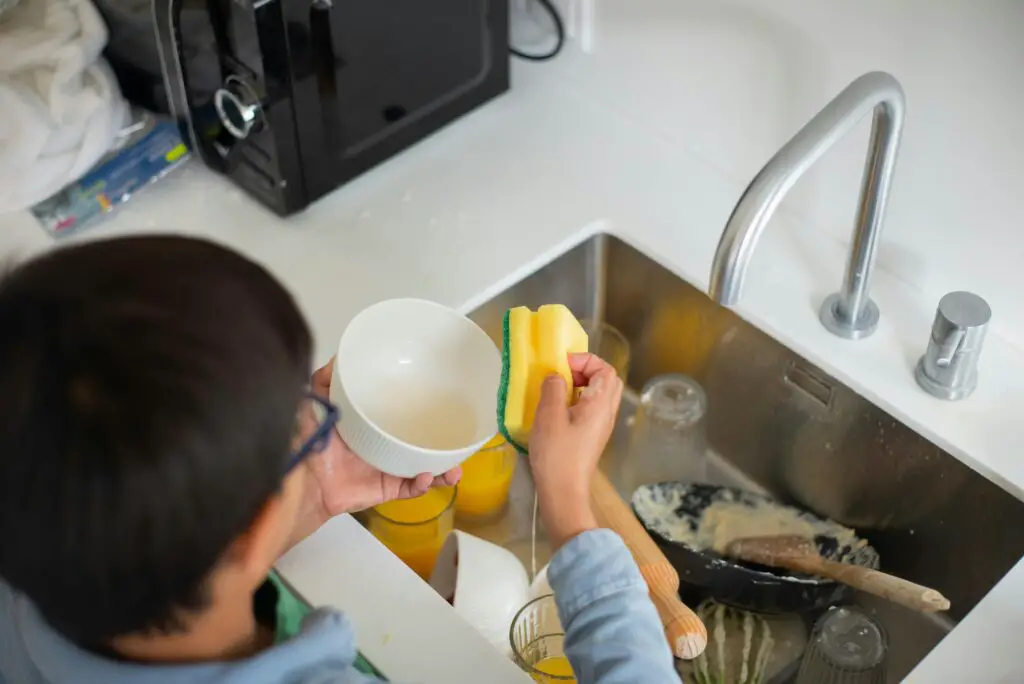
Washing dishes used to be a nightly ritual in many homes, but the rise of high-efficiency dishwashers has changed that. According to Consumer Reports, modern dishwashers now use less water than handwashing and can clean more thoroughly. Many models come with smart sensors that adjust the cycle based on how dirty the load is. As a result, fewer people feel the need to rinse or scrub dishes manually.
Dishwashers now feature space for everything from delicate glassware to large pots. Even energy-conscious households have embraced these appliances thanks to improved eco-settings. Families now simply load and go, saving both time and effort. The sink full of suds is quickly becoming a thing of the past.
2. Ironing Clothes

Ironing once meant setting aside time each morning to press shirts and trousers before work. Today, wrinkle-resistant fabrics and steam closets have nearly eliminated the need for a daily ironing routine. The Wall Street Journal notes that the market for traditional irons has shrunk significantly over the past five years. In 2025, even business attire is designed with low-maintenance wearability in mind.
Portable steamers and wrinkle-release sprays offer quick alternatives for people on the go. Many clothing brands now promote “no-iron needed” lines as a selling point. Remote work and casual dress codes have also reduced the demand for crisply pressed clothes. The iron is no longer the daily staple it once was.
3. Sweeping the Floor
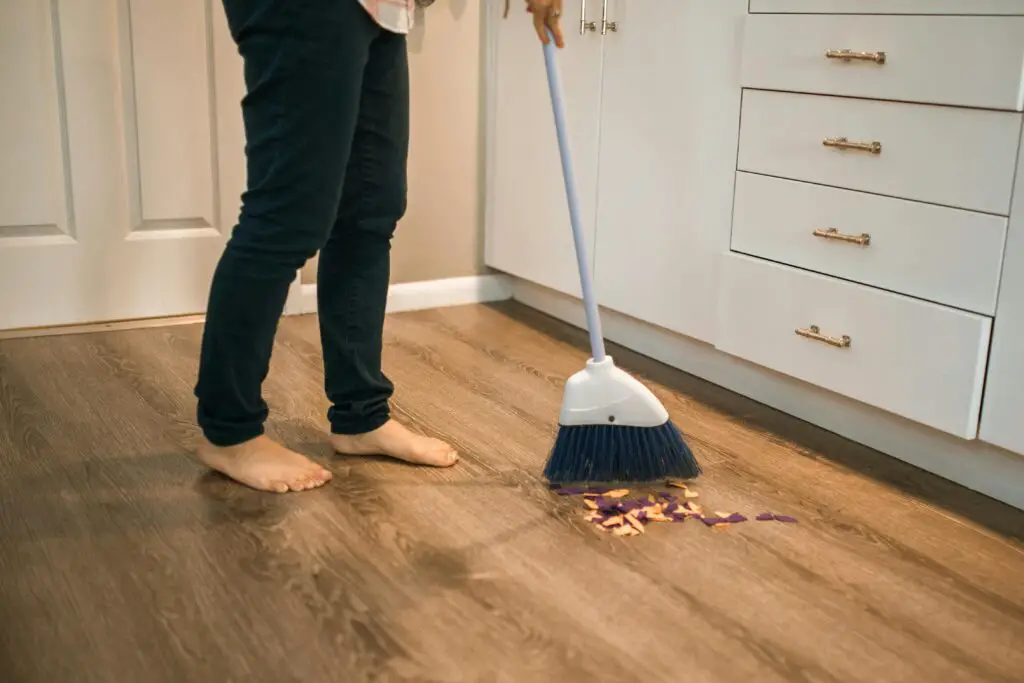
Sweeping was once a daily necessity to maintain clean floors, especially in high-traffic areas. Now, robot vacuums handle the job autonomously, navigating rooms and collecting debris with minimal oversight. A 2024 report from TechCrunch highlighted how smart vacuum ownership has grown by more than 40% since 2020. These devices map your home, clean on a schedule, and return to their docks when finished.
Many robot vacuums now come with mopping functions or pet-hair specific brushes. Their efficiency has made traditional brooms almost obsolete in many households. They work while people are at the office or asleep, removing the chore from the daily list entirely. Sweeping manually is now mostly reserved for rare messes or tight corners.
4. Sorting Mail
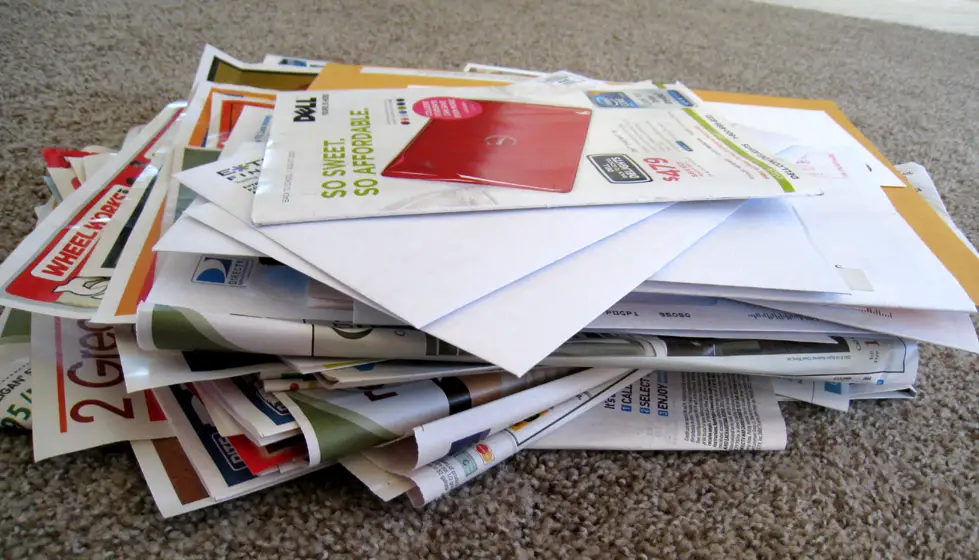
In the past, mail sorting was a daily task—sifting through bills, magazines, and flyers to see what mattered. But the volume of physical mail has declined drastically in recent years. According to the U.S. Postal Service, first-class mail volume has dropped by more than 50% since the early 2000s. Most bills, statements, and communications now arrive digitally, leaving the mailbox nearly empty.
People check their physical mailboxes less frequently, often just once or twice a week. What used to be a daily paper pile has become an occasional task. Junk mail filters, paperless billing, and mobile alerts have made paper correspondence largely irrelevant. For many, sorting the mail is no longer part of the daily rhythm.
5. Taking Out the Trash Daily
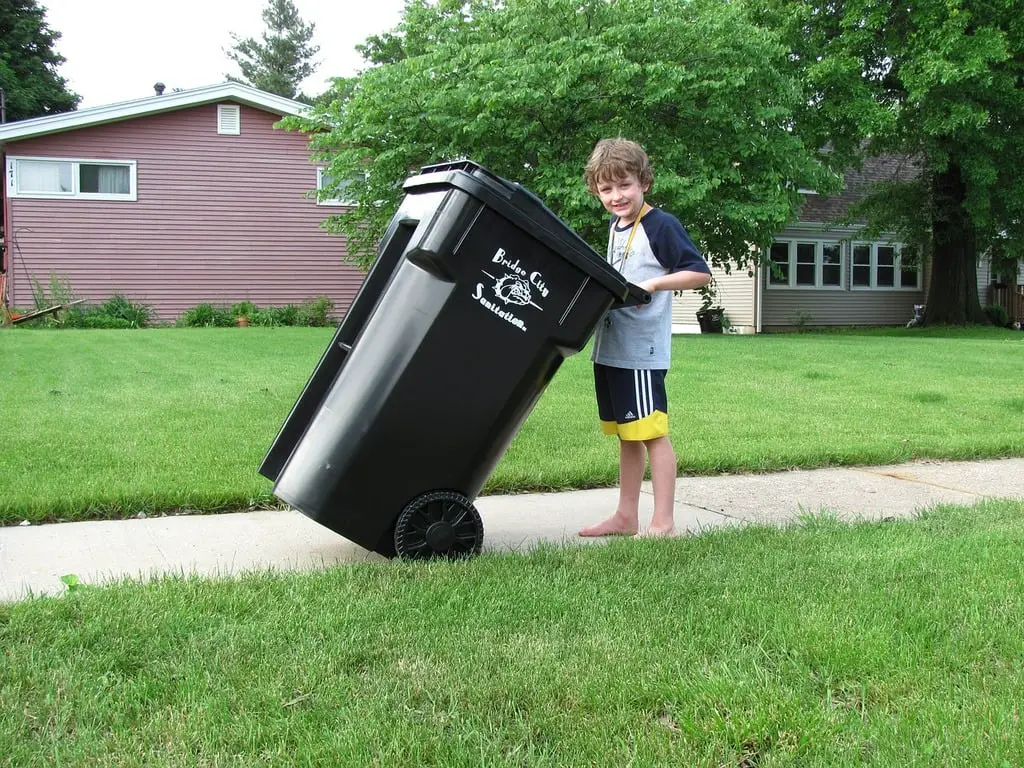
Trash removal has become less frequent thanks to better recycling habits and food waste management. Smart compost bins and portion-controlled meal kits reduce overall waste volume. Households are now producing fewer disposable items by buying in bulk and reusing containers. In many homes, trash doesn’t even fill up fast enough to justify daily disposal.
Families with access to local composting programs find themselves throwing away less. Smaller bin sizes also discourage unnecessary waste generation. Taking out the trash is more of a weekly ritual than a daily necessity. Cleaner living means cleaner cans—and less lifting.
6. Watering Indoor Plants Manually
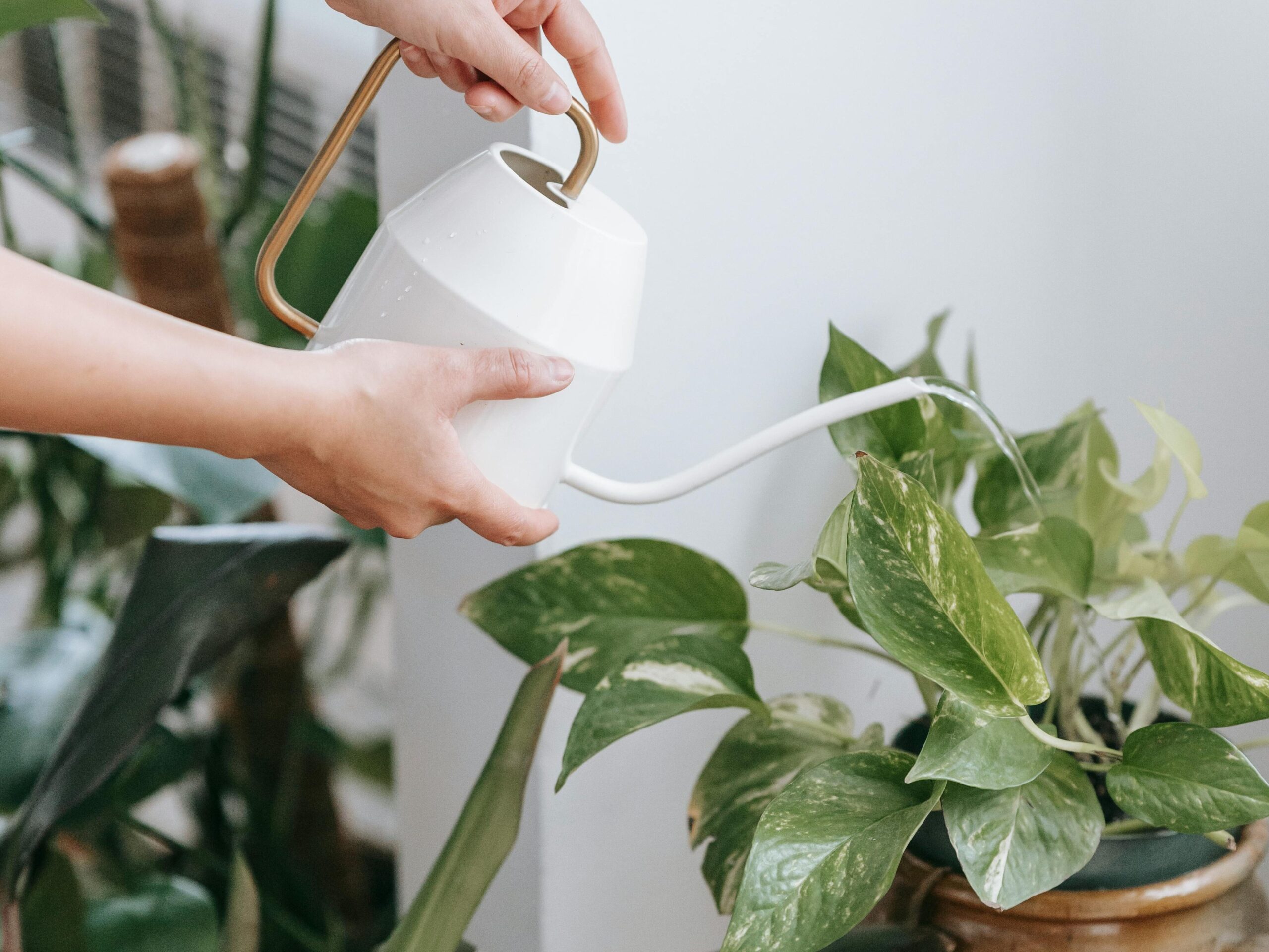
Watering houseplants used to be a daily reminder on many homeowners’ lists. But now, self-watering pots and smart irrigation systems take care of it automatically. Moisture sensors and app-controlled watering have removed the guesswork entirely. Plants get just the right amount of hydration without constant human attention.
These systems are especially helpful for people who travel or work long hours. Even novice plant owners feel confident with the extra tech support. Some setups can even be linked to weather apps for real-time adjustments. Manual watering is now mostly for hobbyists or rare plant varieties.
7. Feeding Pets by Hand

Feeding pets used to involve scooping kibble and setting water bowls every morning and evening. Now, automated feeders and water dispensers handle these tasks on set schedules. Many devices allow remote monitoring and portion control through smartphone apps. As a result, pet care has shifted from a hands-on daily chore to a check-in activity.
These devices also help regulate overeating or underfeeding, especially for pets with health concerns. Timers and voice recordings can add routine and comfort when owners are away. While owners still refill and clean units, it’s no longer a twice-daily responsibility. The technology frees up time while still keeping pets happy and fed.
8. Making the Coffee

Making coffee once meant grinding beans, boiling water, and waiting for a brew. But single-serve machines and smart coffee makers have changed the process entirely. Many people now use devices that brew at scheduled times or respond to voice commands. You can wake up to a hot cup without even touching a button.
For more customization, some machines remember preferences for strength, temperature, and cup size. These smart systems also reduce waste by limiting excess brewing. The result is faster mornings with less mess and cleanup. Manual brewing is now more of a hobby than a necessity.
9. Adjusting the Thermostat
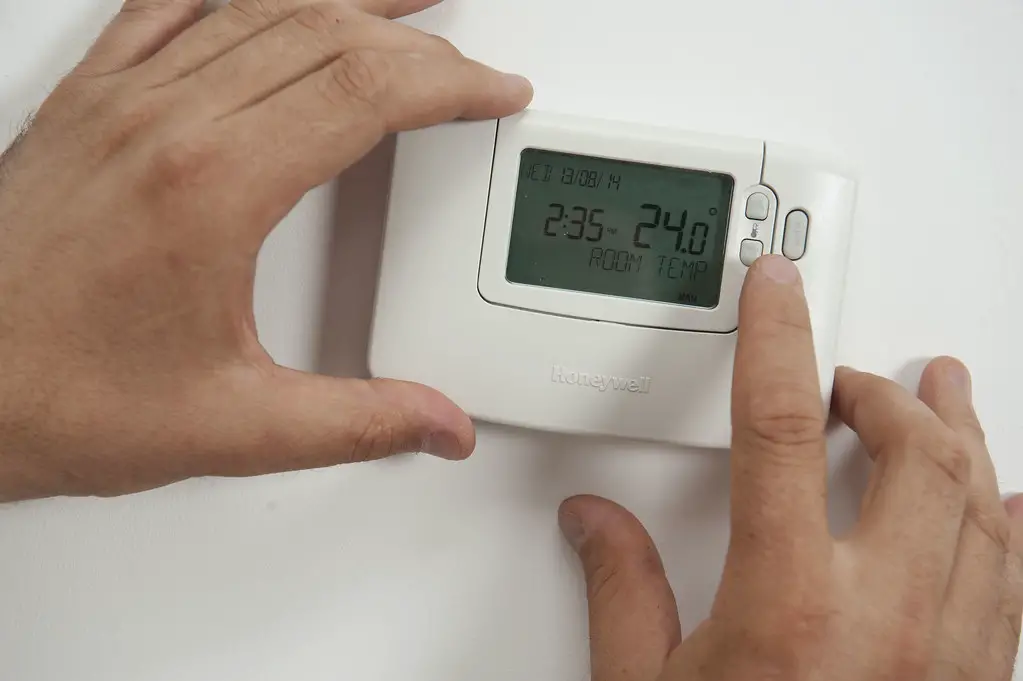
Before smart home tech, adjusting the temperature was a manual job done multiple times a day. Now, smart thermostats learn your habits and adjust automatically. They can also be controlled remotely via smartphone or voice assistant. Homeowners rarely touch them once schedules are set.
These systems help save energy and reduce monthly bills. They even factor in weather forecasts and humidity levels for optimal comfort. By removing the need for constant tweaking, they simplify daily home management. Manual thermostat use is mostly a thing of the past.
10. Making the Bed

While some still value the ritual, many people have stepped away from daily bed-making. Modern bedding—like fitted duvets and wrinkle-resistant sheets—makes unmade beds look less messy. The rise of minimalist design has also de-emphasized pristine bed setups. And in work-from-home culture, the bed isn’t always out of sight.
Weighted blankets and mattress toppers make tucking difficult or unnecessary. People are prioritizing function over form in their personal spaces. For some, skipping the chore means an extra 10 minutes of sleep. The “made bed” standard just doesn’t hold the same weight it used to.
11. Handwriting Shopping Lists

Handwritten grocery lists have given way to app-based trackers and voice-assistant reminders. Many people now add items by speaking to their phone or smart speaker. Lists are synced across family members’ devices, making collaboration easy. This removes the need to jot down and carry a physical list.
Apps can also sort items by category, store, or aisle. Some even track previous purchases and suggest reorders. The digital convenience has all but replaced pen and paper. Unless you’re nostalgic, the handwritten list is rarely seen in 2025.
12. Rewinding or Fast-Forwarding TV

Rewinding or fast-forwarding used to be part of watching anything—whether on tape or DVR. Now, most people stream content that resumes automatically or skips intros and credits. Platforms remember where you left off and remove the need to scan for your place. Viewers have grown used to seamless transitions.
Even ads can be skipped or blocked on premium subscriptions. Long gone are the days of holding down a button and watching the progress bar inch forward. This minor chore has been quietly erased by smarter entertainment design. Watching TV has never been more effortless.
13. Checking the Weather with the TV or Newspaper

For years, people tuned into the morning news or scanned the paper to see the forecast. Today, smart devices deliver real-time weather updates directly to phones, watches, and home hubs. Most people get push alerts for sudden changes or severe conditions. Voice assistants can provide hourly or weekly forecasts instantly.
This shift has made traditional methods almost obsolete. Quick access allows for faster decision-making about clothing, commutes, or outdoor plans. Forecasting has become more personalized and accurate. The once-daily habit of “checking the weather” is now handled automatically.
